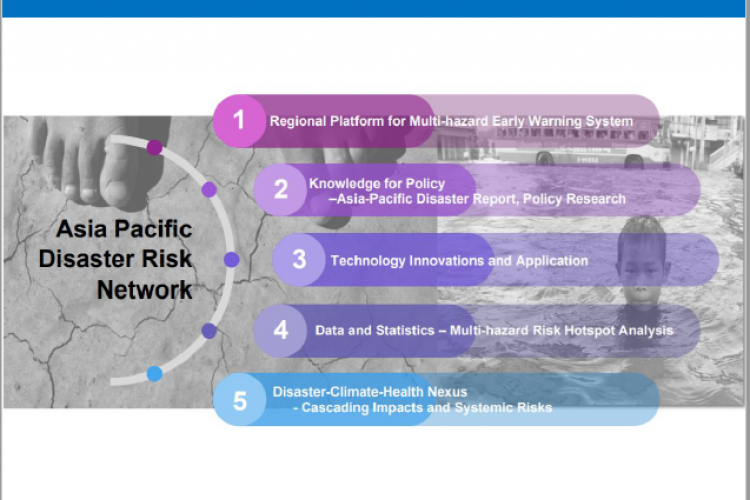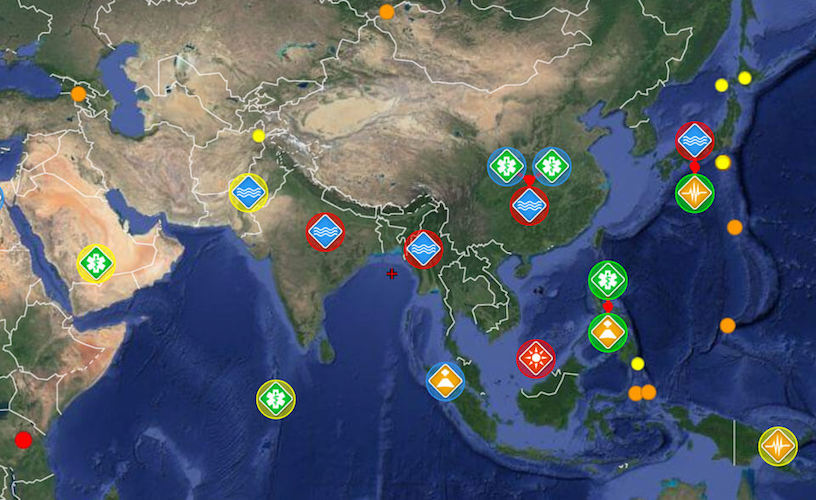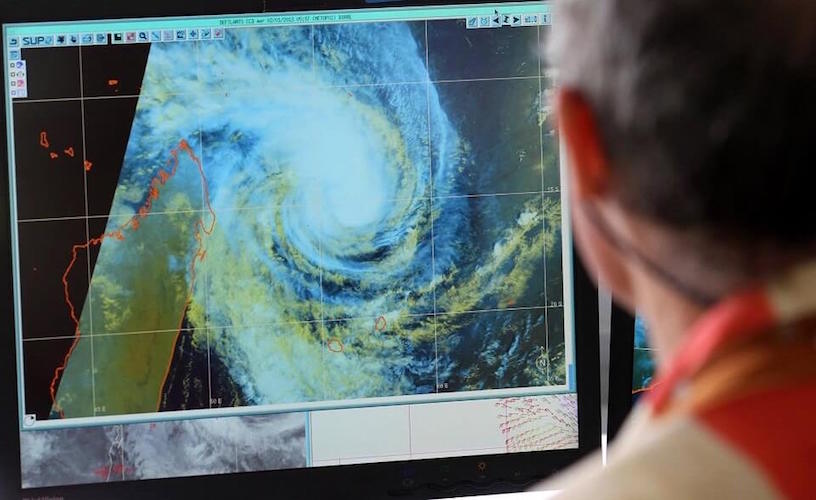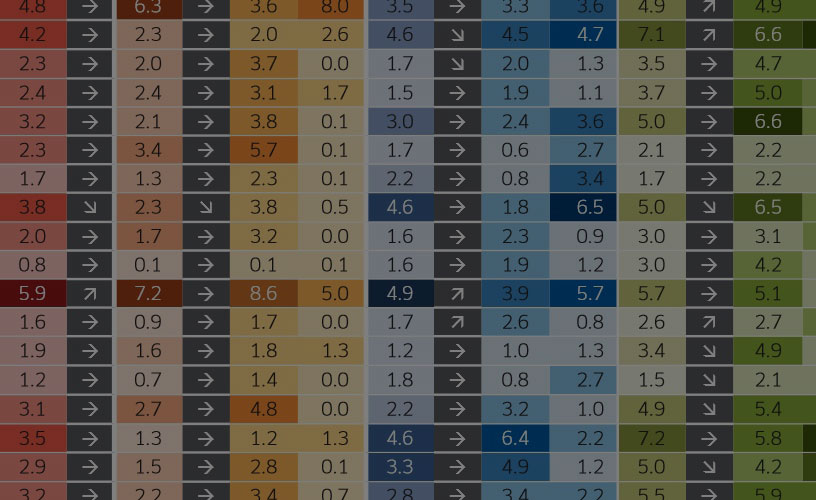Asia-Pacific Disaster Report 2022 for ESCAP Subregions - Pathways to Adaptation and Resilience in South and South-West Asia
Resilience in a Riskier World: Managing Systemic Risks from Biological and Other Natural Hazards, the Asia Pacific Disaster Report 2021 captured a comprehensive picture of the complexity of disaster risk landscape (‘riskscape’) from natural and biological hazards in the Asia-Pacific region. The full-length publication is available at https://www.unescap.org/kp/2021/asia-pacific-disaster-report-2021.







